Trending
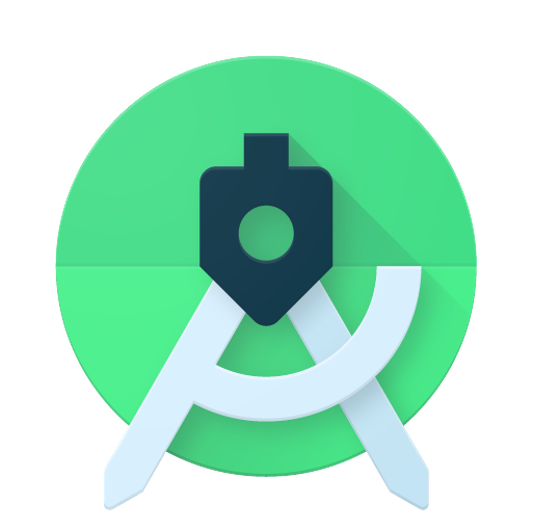


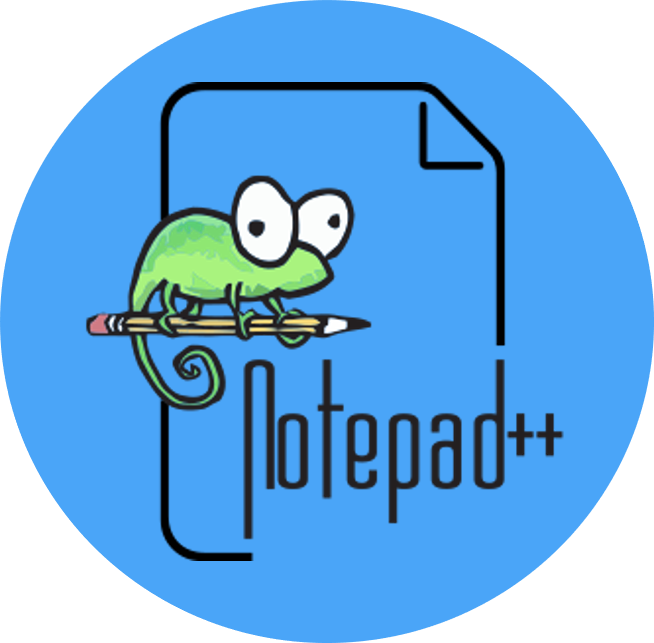
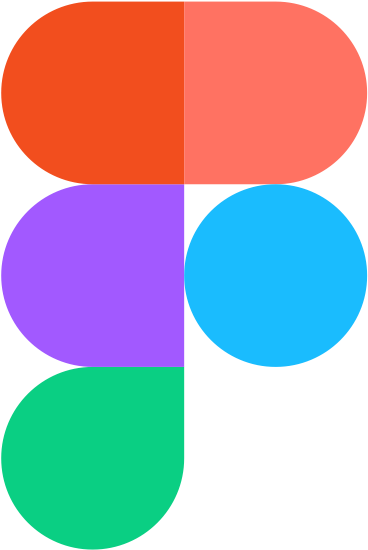

Recently Added
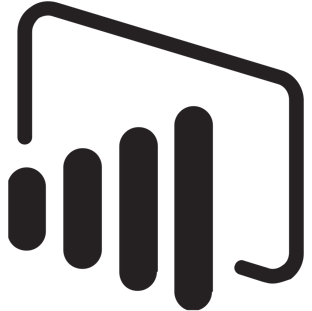


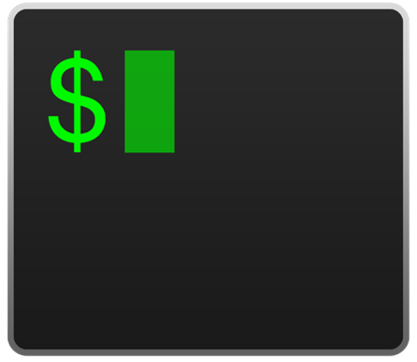

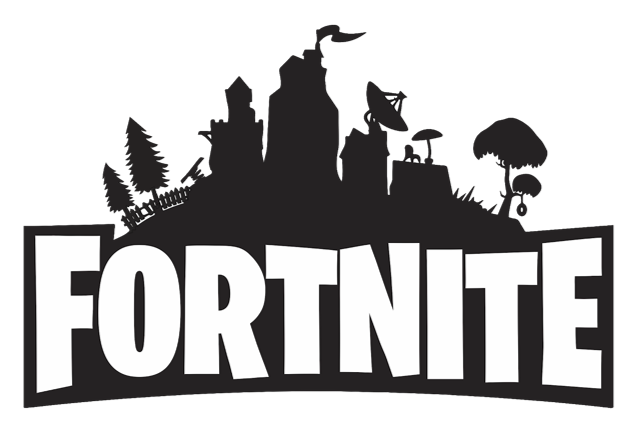










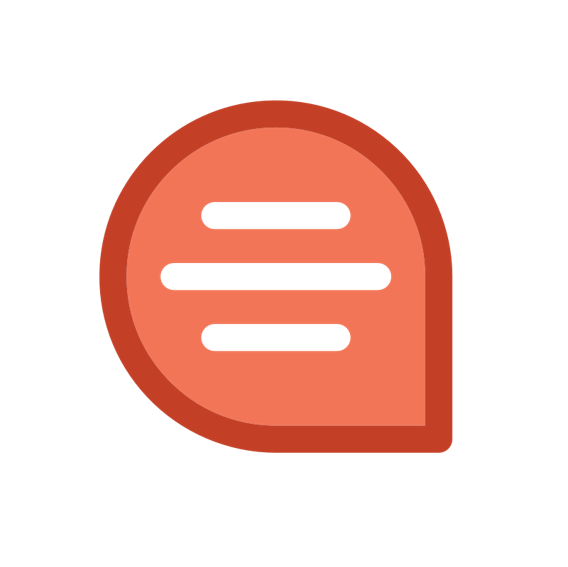
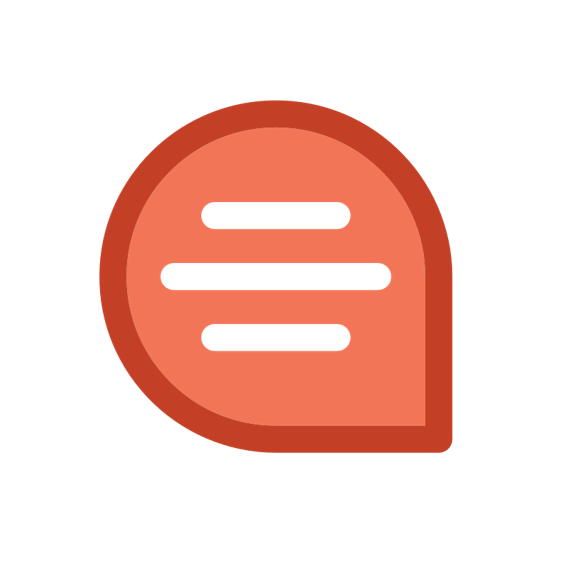
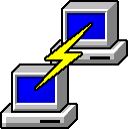
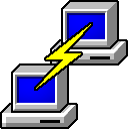
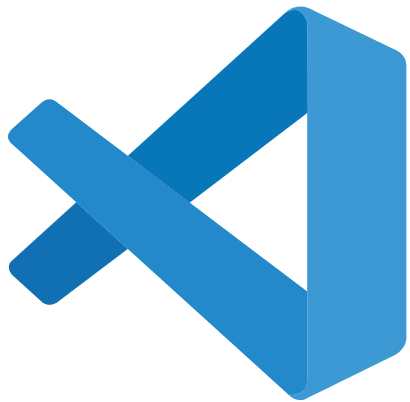
Most Used Shortcut keys of Visual Studio Code
: 1979What is Visual Studio Code?
Visual Studio Code is an apparatus in the Text Editor class of a tech stack also it is an open-source apparatus with 107.3K GitHub stars and 17.3K GitHub forks.
| Stable release: | 1.51.1 (November 11, 2020) on Jan 2021 |
| Preview release: | 1.50.0-insider on Jan 2021 |
| License: Source code: | MIT License; |
| Binaries: | Freeware; |
| Size: |
Windows: 40.8–68.3 MB; Linux: 46.5–66.6 MB; macOS: 67.5 MB |
| Platforms: | x86-32 (32 bit Intel x86), x86-64, AArch64 |
| Written in: | TypeScript, JavaScript, CSS |
Most Used Shortcut keys of Visual Studio Code
| Editor (designer) | |
| Shortcut | Description |
| Ctrl-Down Arrow | Moves the selected control down in increments of one on the design surface |
| Down Arrow | Moves the selected control down to the next grid position on the design surface |
| Ctrl-Left Arrow | Moves the control to the left in increments of one on the design surface |
| Left Arrow | Moves the control to the left to the next grid position on the design surface |
| Ctrl-Right Arrow | Moves the control to the right in increments of one on the design surface |
| Right Arrow | Moves the control to the right into the next grid position on the design surface |
| Ctrl-Up Arrow | Moves the control up in increments of one on the design surface |
| Up Arrow | Moves the control up into the next grid position on the design surface |
| Tab | Moves to the next control in the tab order |
| Shift-Tab | Moves to the previous control in the tab order |
| Ctrl-Shift-Down Arrow | Increases the height of the control in increments of one on the design surface |
| Shift-Down Arrow | Increases the height of the control to the next grid position on the design surface |
| Ctrl-Shift-Left Arrow | Reduces the width of the control in increments of one on the design surface |
| Shift-Left Arrow | Reduces the width of the control to the next grid position on the design surface |
| Ctrl-Shift-Right Arrow | Increases the width of the control in increments of one on the design surface |
| Shift-Left Arrow | Increases the width of the control to the next grid position on the design surface |
| Ctrl-Shift-Up Arrow | Decreases the height of the control in increments of one on the design surface |
| Shift-Up Arrow | Decreases the height of the control to the next grid position on the design surface |
| Search and Replace | |
| Shortcut | Description |
| Ctrl-F | Displays the Find dialog |
| Ctrl-Shift-F | Displays the Find in Files dialog |
| F3 | Finds the next occurrence of the previous search text |
| Ctrl-F3 | Finds the next occurrence of the currently selected text or the word under the cursor if there is no selection |
| Shift-F3 | Finds the previous occurrence of the search text |
| Ctrl-Shift-F3 | Finds the previous occurrence of the currently selected text or the word under the cursor |
| Ctrl-D | Places the cursor in the Find/Command line on the Standard toolbar |
| Alt-F3, H | Selects or clears the Search Hidden Text option for the Find dialog |
| Ctrl-I | Starts an incremental search—after pressing Ctrl-I, you can type in text, and for each letter you type, VS.NET will find the first occurrence of the sequence of letters you have typed so far. This is a very convenient facility, as it lets you find text by typing in exactly as many characters as are required to locate the text and no more. If you press Ctrl-I a second time without typing any characters, it recalls the previous pattern. If you press it a third time or you press it when an incremental search has already found a match, VS.NET searches for the next occurrence. |
| Alt-F3, C | Selects or clears the Match Case option for Find and Replace operations |
| Alt-F3, R | Selects or clears the Regular Expression option so that special characters can be used in Find and Replace operations |
| Ctrl-H | Displays the Replace dialog |
| Ctrl-Shift-H | Displays the Replace in Files dialog |
| Ctrl-Shift-I | Performs an incremental search in the reverse direction |
| Alt-F3, S | Halts the current Find in Files operation |
| Alt-F3, B | Selects or clears the Search Up option for Find and Replace operations |
| Alt-F3, W | Selects or clears the Match Whole Word option for Find and Replace operations |
| Alt-F3, P | Selects or clears the Wildcard option for Find and Replace operations |
| Help | |
| Shortcut | Description |
| Ctrl-Alt-F1 | Displays the Contents window for the documentation |
| Ctrl-F1 | Displays the Dynamic Help window, which displays different topics depending on what items currently have focus. If the focus is in a source window, the Dynamic Help window will display help topics that are relevant to the text under the cursor |
| F1 | Displays a topic from Help that corresponds to the part of the user interface that currently has the focus. If the focus is in a source window, Help will try to display a topic relevant to the text under the cursor |
| Ctrl-Alt-F2 | Displays the Help Index window |
| Shift-Alt-F2 | Displays the Index Results window, which lists the topics that contain the keyword selected in the Index window |
| Alt-Down Arrow | Displays the next topic in the table of contents. Available only in the Help browser window |
| Alt-Up Arrow | Displays the previous topic in the table of contents. Available only in the Help browser window |
| Ctrl-Alt-F3 | Displays the Search window, which allows you to search for words or phrases in the documentation |
| Shift-Alt-F3 | Displays the Search Results window, which displays a list of topics that contain the string searched for from the Search window. |
| Shift-F1 | Displays a topic from Help that corresponds to the user interface item that has the focus |
| Debugging | |
| Shortcut | Description |
| Ctrl-Alt-V, A | Displays the Auto window to view the values of variables currently in the scope of the current line of execution within the current procedure |
| Ctrl-Alt-Break | Temporarily stops execution of all processes in a debugging session. Available only in run mode |
| Ctrl-Alt-B | Displays the Breakpoints dialog, where you can add and modify breakpoints |
| Ctrl-Alt-C | Displays the Call Stack window to display a list of all active procedures or stack frames for the current thread of execution. Available only in break mode |
| Ctrl-Shift-F9 | Clears all of the breakpoints in the project |
| Ctrl-Alt-D | Displays the Disassembly window |
| Ctrl-F9 | Enables or disables the breakpoint on the current line of code. The line must already have a breakpoint for this to work |
| Ctrl-Alt-E | Displays the Exceptions dialog |
| Ctrl-Alt-I | Displays the Immediate window, where you can evaluate expressions and execute individual commands |
| Ctrl-Alt-V, L | Displays the Locals window to view the variables and their values for the currently selected procedure in the stack frame |
| Ctrl-Alt-M, 1 | Displays the Memory 1 window to view memory in the process being debugged. This is particularly useful when you do not have to debug symbols available for the code you are looking at. It is also helpful for looking at large buffers, strings, and other data that does not display clearly in the Watch or Variables window |
| Ctrl-Alt-M, 2 | Displays the Memory 2 window |
| Ctrl-Alt-M, 3 | Displays the Memory 3 window |
| Ctrl-Alt-M, 4 | Displays the Memory 4 window |
| Ctrl-Alt-U | Displays the Modules window, which allows you to view the .dll or .exe files loaded by the program. In multiprocess debugging, you can right-click and select Show Modules for all programs |
| Ctrl-B | Opens the New Breakpoint dialog |
| Ctrl-Alt-Q | Displays the Quick Watch dialog with the current value of the selected expression. Available only in break mode. Use this command to check the current value of a variable, property, or another expression for which you have not defined a watch expression |
| Ctrl-Alt-G | Displays the Registers window, which displays CPU register contents |
| Ctrl-Shift-F5 | Terminates the current debugging session, rebuilds if necessary, and then starts a new debugging session. Available in break and run modes |
| Ctrl-Alt-N | Displays the Running Documents window that displays the set of HTML documents that you are in the process of debugging. Available in break and run modes |
| Ctrl-F10 | Starts or resumes execution of your code and then halts execution when it reaches the selected statement. This starts the debugger if it is not already running |
| Ctrl-Shift-F10 | Sets the execution point to the line of code you choose |
| Alt-NUM * | Highlights the next statement to be executed |
| F5 | If not currently debugging, this runs the startup project or projects and attaches the debugger. If in break mode, this allows execution to continue (i.e., it returns to run mode). |
| Ctrl-F5 | Runs the code without invoking the debugger. For console applications, this also arranges for the console window to stay open with a "Press any key to continue" prompt when the program finishes |
| F11 | Executes code one statement at a time, tracing execution into function calls |
| Shift-F11 | Executes the remaining lines of a function in which the current execution point lies |
| F10 | Executes the next line of code but does not step into any function calls |
| Shift-F5 | Available in the break and run modes, this terminates the debugging session |
| Ctrl-Alt-V, T | Displays the This window, which allows you to view the data members of the object associated with the current method |
| Ctrl-Alt-H | Displays the Threads window to view all of the threads for the current process |
| F9 | Sets or removes a breakpoint at the current line |
| Ctrl-F11 | Displays the disassembly information for the current source file. Available only in break mode |
| Ctrl-Alt-W, 1 | Displays the Watch 1 window to view the values of variables or watch expressions |
| Ctrl-Alt-W, 2 | Displays the Watch 2 window |
| Ctrl-Alt-W, 3 | Displays the Watch 3 window |
| Ctrl-Alt-W, 4 | Displays the Watch 4 window |
| Ctrl-Alt-P | Displays the Processes dialog, which allows you to attach or detach the debugger to one or more running processes |
| Object Browser | |
| Shortcut | Description |
| Alt-F12 | Displays the Find Symbol dialog |
| Ctrl-F12 | Displays the declaration of the selected symbol in the code |
| F12 | Displays the definition for the selected symbol in code |
| Ctrl-Alt-F12 | Displays the Find Symbol Results in window |
| Ctrl-Alt-J | Displays the Object Browser to view the classes, properties, methods, events, and constants defined either in your project or by components and type libraries referenced by your project |
| Alt-+ | Moves back to the previously selected object in the selection history of the object browser |
| Shift-Alt-+ | Moves forward to the next object in the selection history of the object browser |
| Tool Window | |
| Shortcut | Description |
| Ctrl-Shift-M | Toggles the Command window into or out of a mode allowing text within the window to be selected |
| Ctrl-Shift-C | Displays the Class View window |
| Ctrl-Alt-A | Displays the Command window, which allows you to type commands that manipulate the IDE |
| Ctrl-Alt-T | Displays the Document Outline window to view the flat or hierarchical outline of the current document |
| Ctrl-Alt-F | Displays the Favorites window, which lists shortcuts to web pages |
| Ctrl-Alt-O | Displays the Output window to view status messages at runtime |
| F4 | Displays the Properties window, which lists the design-time properties and events for the currently selected item |
| Shift-F4 | Displays the property pages for the item currently selected. (For example, use this to show a project's settings.) |
| Ctrl-Shift-E | Displays the Resource View window |
| Ctrl-Alt-S | Displays the Server Explorer window, which allows you to view and manipulate database servers, event logs, message queues, web services, and many other operating system services |
| Ctrl-Alt-R | Displays the web browser window, which allows you to view pages on the Internet |
| Ctrl-Alt-L | Displays the Solution Explorer, which lists the projects and files in the current solution |
| Ctrl-Alt-K | Displays the TaskList window, which displays tasks, comments, shortcuts, warnings, and error messages |
| Ctrl-Alt-X | Displays the Toolbox, which contains controls and other items that can be dragged into editor and designer windows |
| Html Editor (Design View) | |
| Shortcut | Description |
| Ctrl-B | Toggles the selected text between bold and normal |
| Ctrl-Shift-T | Decreases the selected paragraph by one indent unit |
| Ctrl-T | Indents the selected paragraph by one indent unit |
| Ctrl-I | Toggles the selected text between italic and normal |
| Ctrl-Shift-K | Prevents an absolutely positioned element from being inadvertently moved. If the element is already locked, this unlocks it |
| Ctrl-G | Toggles the grid |
| Ctrl-Shift-G | Specifies that elements be aligned using an invisible grid. You can set grid spacing on the Design pane of HTML designer options in the Options dialog, and the grid will be changed the next time you open a document |
| Ctrl-U | Toggles the selected text between underlined and normal |
| Ctrl-Shift-L | Displays the Bookmark dialog |
| Ctrl-J | Inserts
|
| Ctrl-L | When text is selected, displays the Hyperlink dialog |
| Ctrl-Shift-W | Displays the Insert Image dialog |
| Ctrl-Alt-Up Arrow | Adds one row above the current row in the table |
| Ctrl-Alt-Down Arrow | Adds one row below the current row in the table |
| Ctrl-Alt-Left Arrow | Adds one column to the left of the current column in the table |
| Ctrl-Alt-Right Arrow | Adds one column to the right of the current column in the table |
| Ctrl-Shift-Q | Toggles display of marker icons for HTML elements that do not have a visual representation, such as comments, scripts, and anchors for absolutely positioned elements |
| Ctrl-Page Down | Switches from design view to HTML view and vice versa |
| Ctrl-Q | Displays a 1-pixel border around HTML elements that support a BORDER attribute and have it set to zero, such as tables, table cells, and divisions |
| Macro | |
| Shortcut | Description |
| Alt-F8 | Displays the Macro Explorer window, which lists all available macros |
| Alt-F11 | Launches the macros IDE |
| Ctrl-Shift-R | Places the environment in macro record mode or completes recording if already in record mode |
| Ctrl-Shift-P | Plays back a recorded macro |
| Integrated terminal | |
| Shortcut | Description |
| Ctrl+` | Show integrated terminal |
| Ctrl+Shift+` | Create new terminal |
| Ctrl+C | Copy selection |
| Ctrl+V | Paste into the active terminal |
| Ctrl+↑ / ↓ | Scroll up/down |
| Shift+PgUp / PgDn | Scroll page up/down |
| Ctrl+Home / End | Scroll to top/bottom |
Must Read:
Most Used Shortcut keys of Visual Studio Code [for Mac OS]
Other Keyboard Shortcut Keys, You might like!
 Most Used Shortcut keys of Android Studio
Most Used Shortcut keys of Android Studio
 Most Used Shortcut keys of Eclipse IDE
Most Used Shortcut keys of Eclipse IDE
 Most Used Shortcut keys of My Eclipse
Most Used Shortcut keys of My Eclipse
 Most Used Shortcut keys of NetBeans IDE
Most Used Shortcut keys of NetBeans IDE
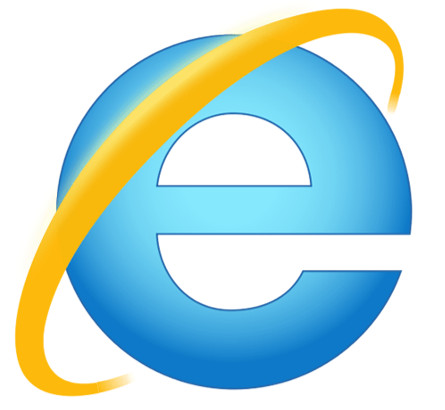 Most Used Shortcut keys of IE (Internet Explorer) Browser
Most Used Shortcut keys of IE (Internet Explorer) Browser
 Most Used Shortcut keys of Google Chrome
Most Used Shortcut keys of Google Chrome
 Most Used Shortcut keys of Mozilla Firefox Browser
Most Used Shortcut keys of Mozilla Firefox Browser
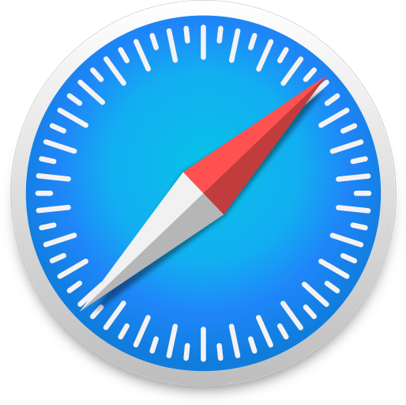 Most Used Shortcut keys of Apple Safari Browser
Most Used Shortcut keys of Apple Safari Browser
 Most Used Shortcut keys of Opera Browser
Most Used Shortcut keys of Opera Browser
 Most Used Shortcut keys of Microsoft Edge Browser
Most Used Shortcut keys of Microsoft Edge Browser
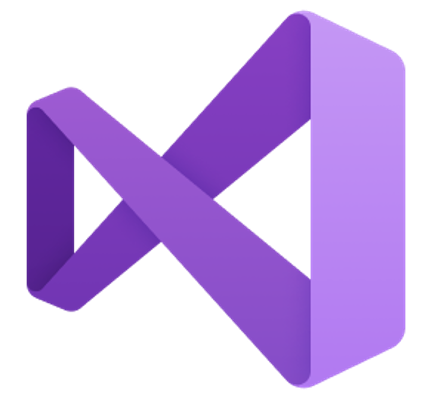 Most Used Shortcut keys of Visual Studio
Most Used Shortcut keys of Visual Studio
 Most Used Shortcut keys of Notepad ++
Most Used Shortcut keys of Notepad ++
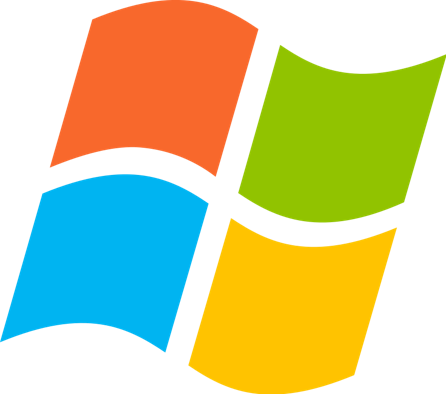 Most Used Shortcut keys of Windows System
Most Used Shortcut keys of Windows System
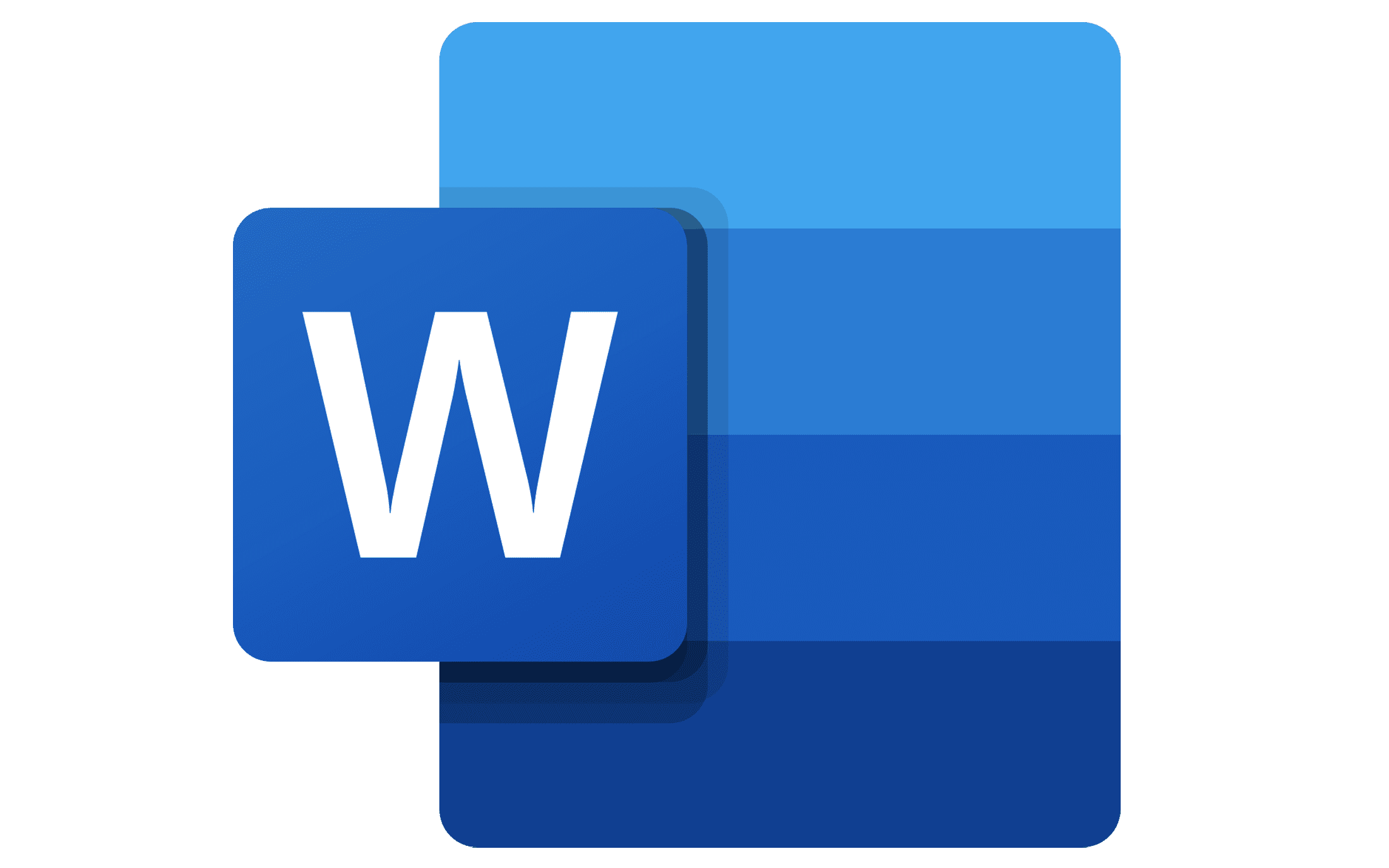 Most Used Shortcut keys of Microsoft Word
Most Used Shortcut keys of Microsoft Word
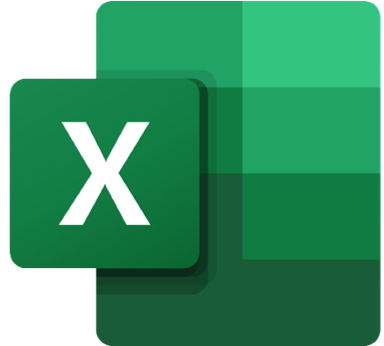 Most Used Shortcut keys of Microsoft Excel
Most Used Shortcut keys of Microsoft Excel
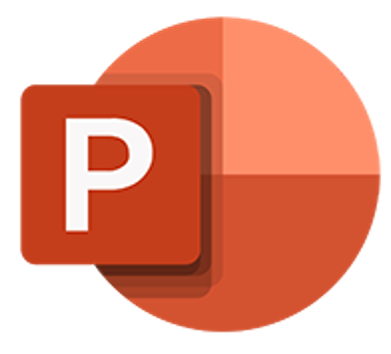 Most Used Shortcut keys of Microsoft Power Point
Most Used Shortcut keys of Microsoft Power Point
 Most Used Shortcut keys of Microsoft Outlook
Most Used Shortcut keys of Microsoft Outlook
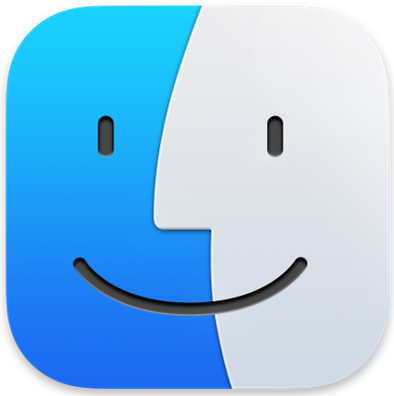 Most Used Mac OS keyboard shortcuts
Most Used Mac OS keyboard shortcuts
 Most Used Linux OS keyboard shortcuts
Most Used Linux OS keyboard shortcuts
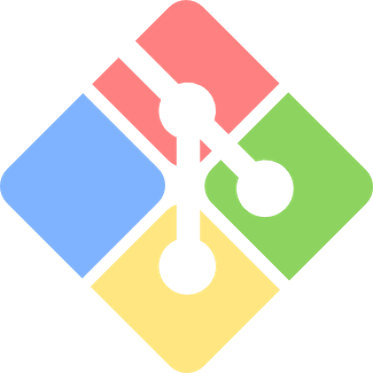 Most Used Git GUI keyboard shortcuts
Most Used Git GUI keyboard shortcuts
 Most Used Tally keyboard shortcuts
Most Used Tally keyboard shortcuts
 Most Used Notepad keyboard shortcuts
Most Used Notepad keyboard shortcuts
 Most Used UI Path keyboard shortcuts
Most Used UI Path keyboard shortcuts
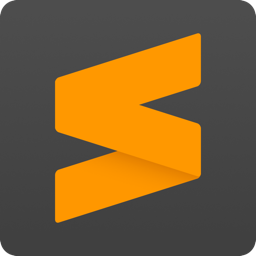 Most Used Sublime Text keyboard shortcuts
Most Used Sublime Text keyboard shortcuts
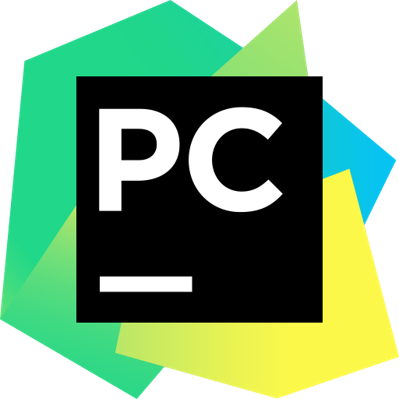 Most Used Pycharm keyboard shortcuts
Most Used Pycharm keyboard shortcuts
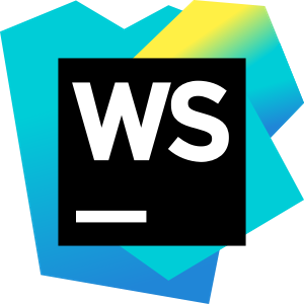 Most Used Webstorm keyboard shortcuts
Most Used Webstorm keyboard shortcuts
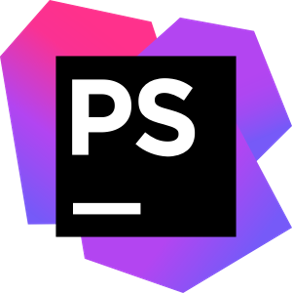 Most Used PhpStorm keyboard shortcuts
Most Used PhpStorm keyboard shortcuts
 Most Used IntelliJ IDEA keyboard shortcuts
Most Used IntelliJ IDEA keyboard shortcuts
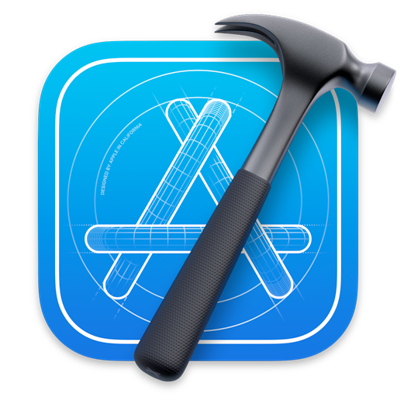 Most Used XCode keyboard shortcuts
Most Used XCode keyboard shortcuts
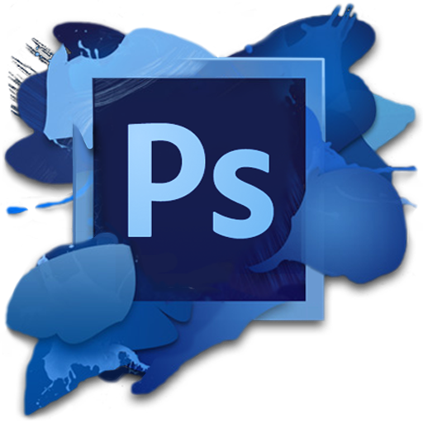 Most Used Photoshop keyboard shortcut Keys
Most Used Photoshop keyboard shortcut Keys
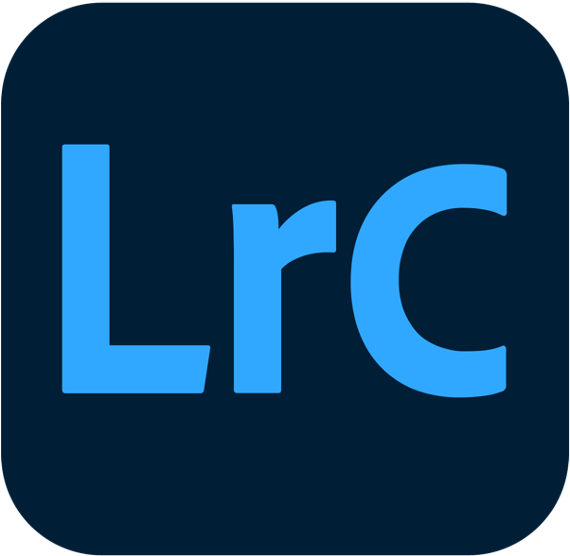 Most Used Adobe Lightroom keyboard shortcut keys
Most Used Adobe Lightroom keyboard shortcut keys
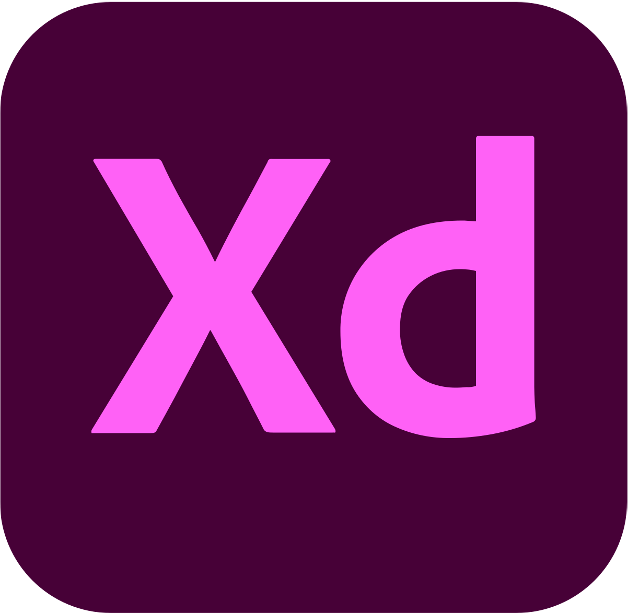 Most Used Adobe XD keyboard shortcut keys
Most Used Adobe XD keyboard shortcut keys
 Most Used CorelDRAW keyboard shortcut keys
Most Used CorelDRAW keyboard shortcut keys
 Most Used Figma keyboard shortcut keys
Most Used Figma keyboard shortcut keys
 Most Used Google Postman keyboard shortcut keys
Most Used Google Postman keyboard shortcut keys
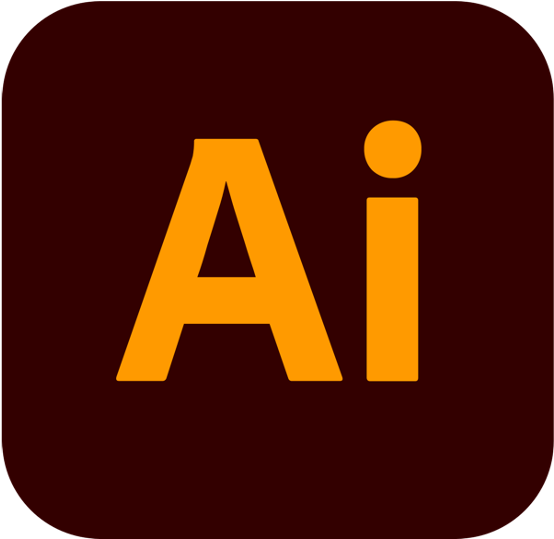 Most Used Adobe Illustrator keyboard shortcut keys
Most Used Adobe Illustrator keyboard shortcut keys
 Most Used Microsoft Teams keyboard shortcut keys
Most Used Microsoft Teams keyboard shortcut keys
 Most Used Sketch keyboard shortcut keys
Most Used Sketch keyboard shortcut keys
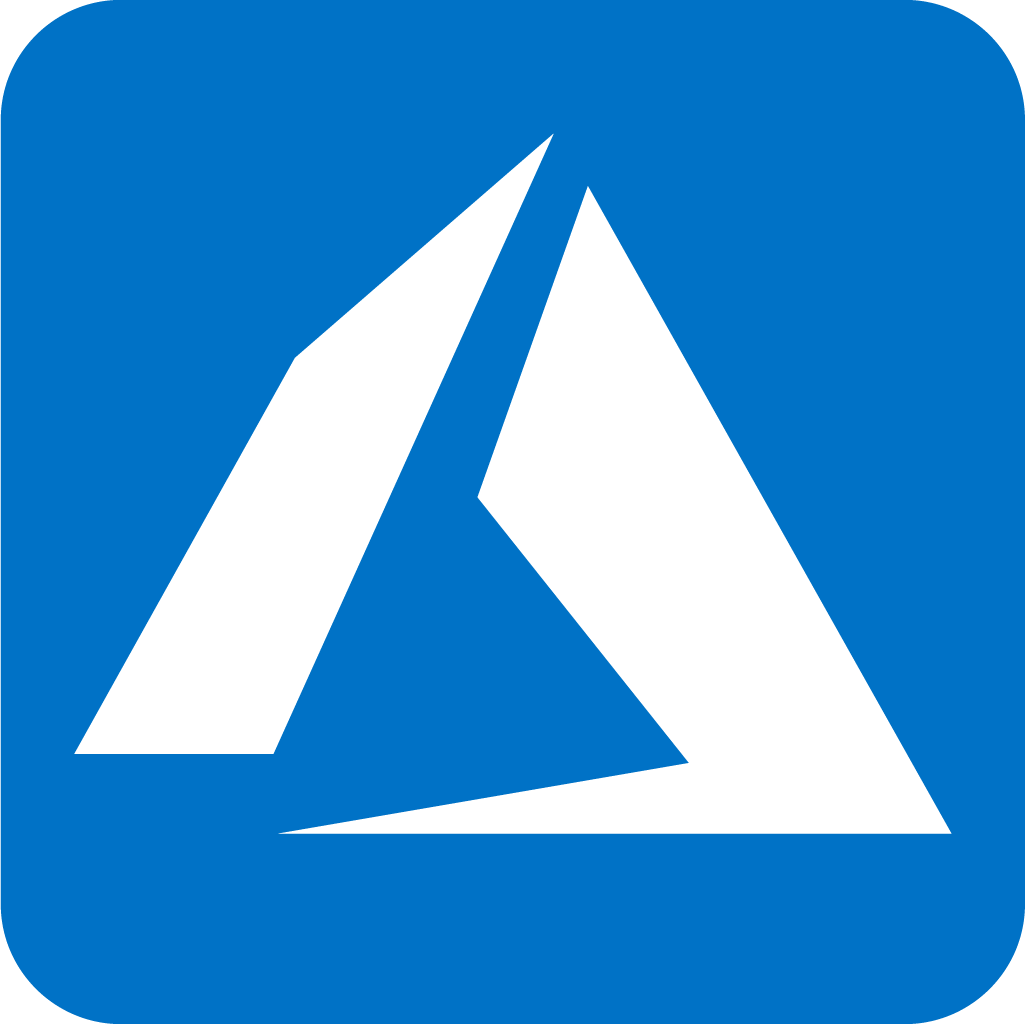 Most Used Microsoft Azure Portal keyboard shortcut keys
Most Used Microsoft Azure Portal keyboard shortcut keys
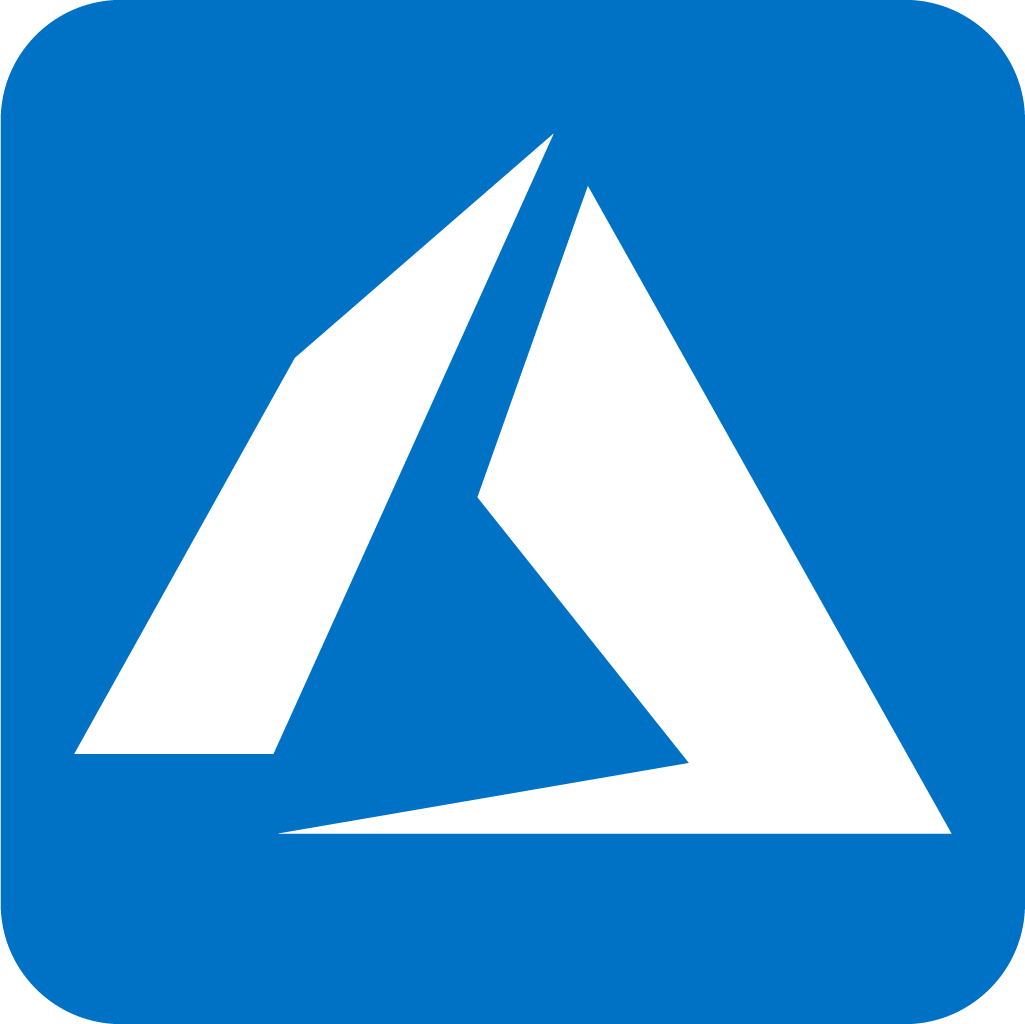 Keyboard shortcuts for Azure Resource Graph Explorer in Windows OS
Keyboard shortcuts for Azure Resource Graph Explorer in Windows OS
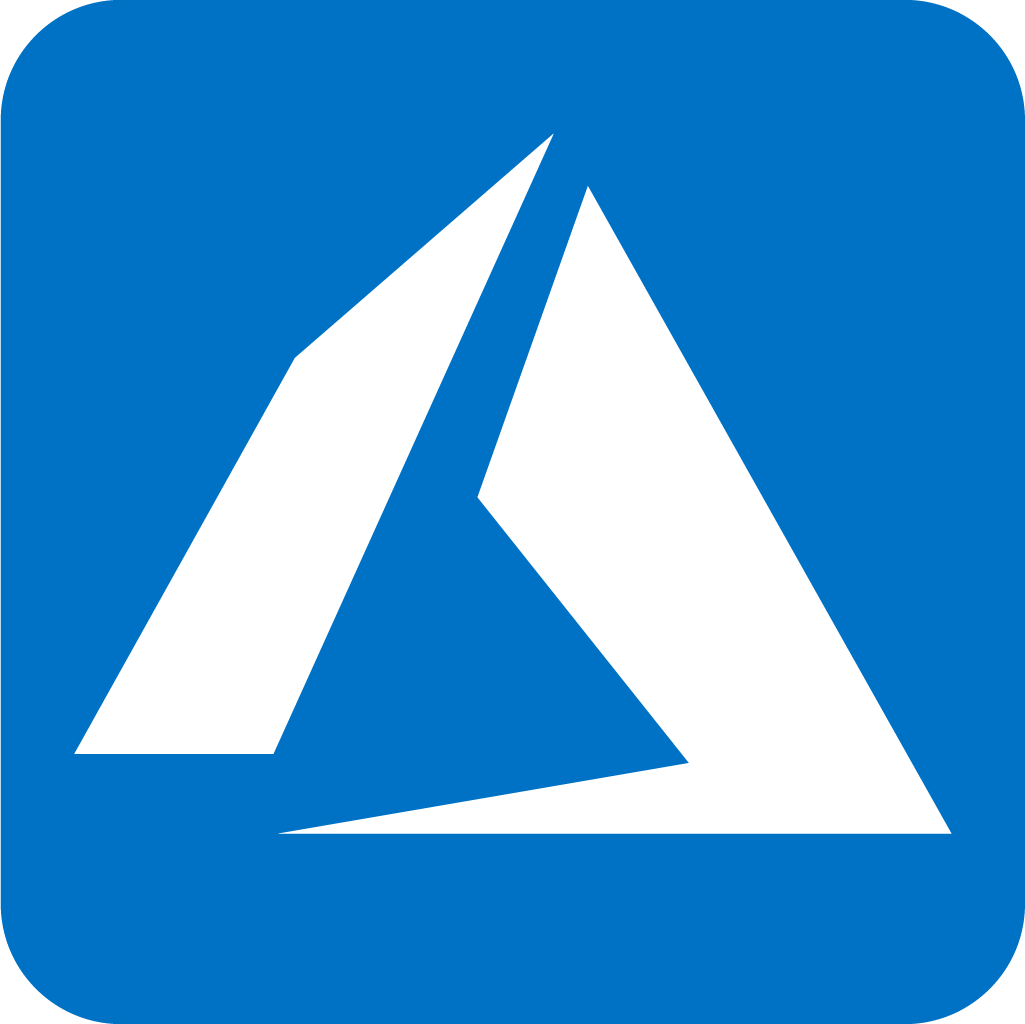 Keyboard shortcuts for Azure Resource Graph Explorer in Mac OS
Keyboard shortcuts for Azure Resource Graph Explorer in Mac OS
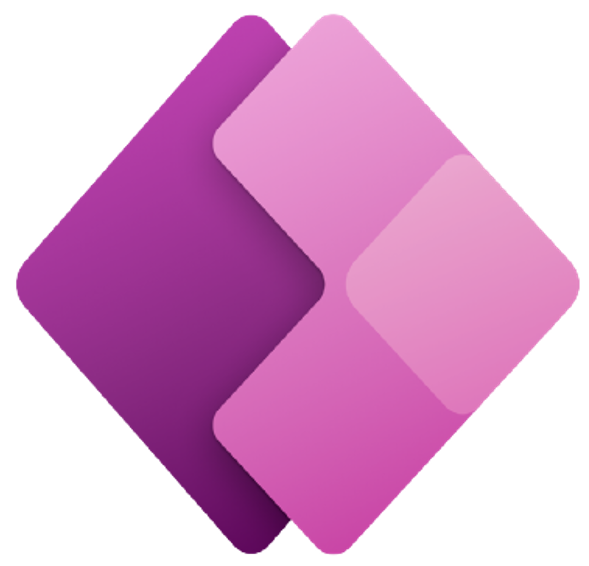 Most Used keyboard shortcuts in Power Apps
Most Used keyboard shortcuts in Power Apps
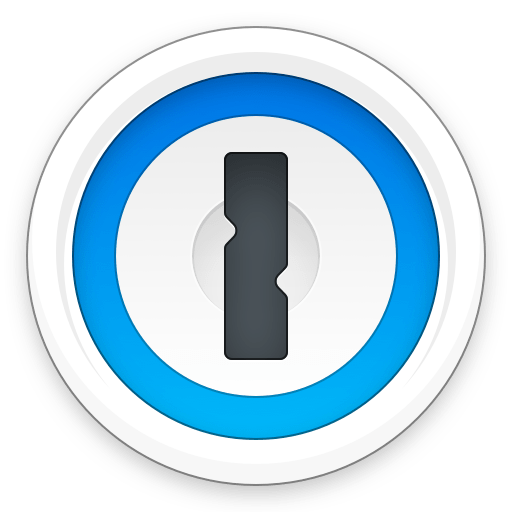 Most Used keyboard shortcuts in 1Password for Mac
Most Used keyboard shortcuts in 1Password for Mac
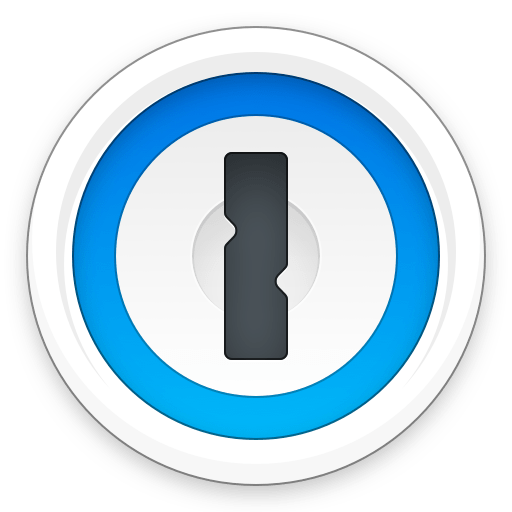 Most Used keyboard shortcuts in 1Password for Windows
Most Used keyboard shortcuts in 1Password for Windows
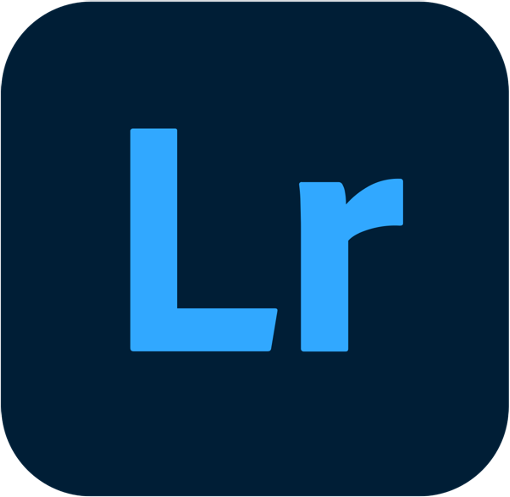 Most Used Adobe Lightroom keyboard shortcut keys for Mac OS
Most Used Adobe Lightroom keyboard shortcut keys for Mac OS
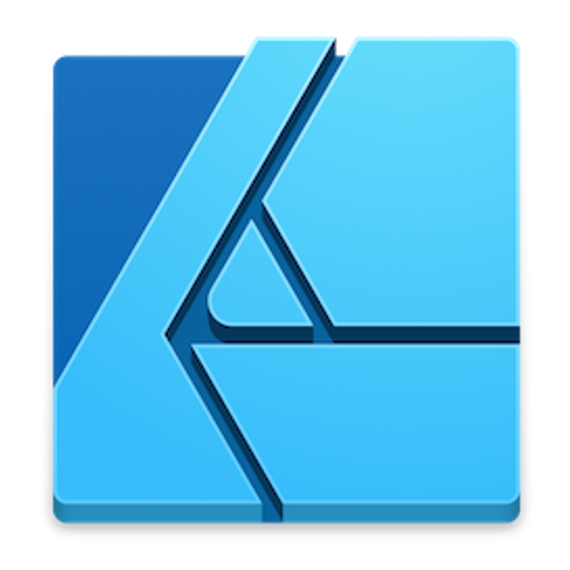 Most Used keyboard shortcut keys in Affinity Designer for Mac OS
Most Used keyboard shortcut keys in Affinity Designer for Mac OS
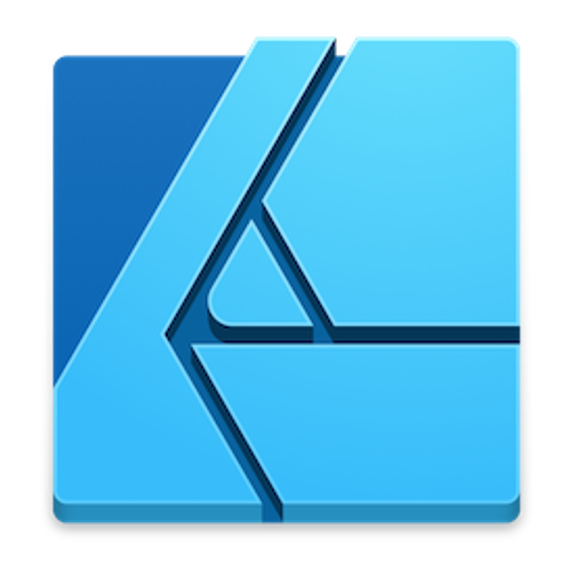 Most Used keyboard shortcut keys in Affinity Designer for Windows
Most Used keyboard shortcut keys in Affinity Designer for Windows
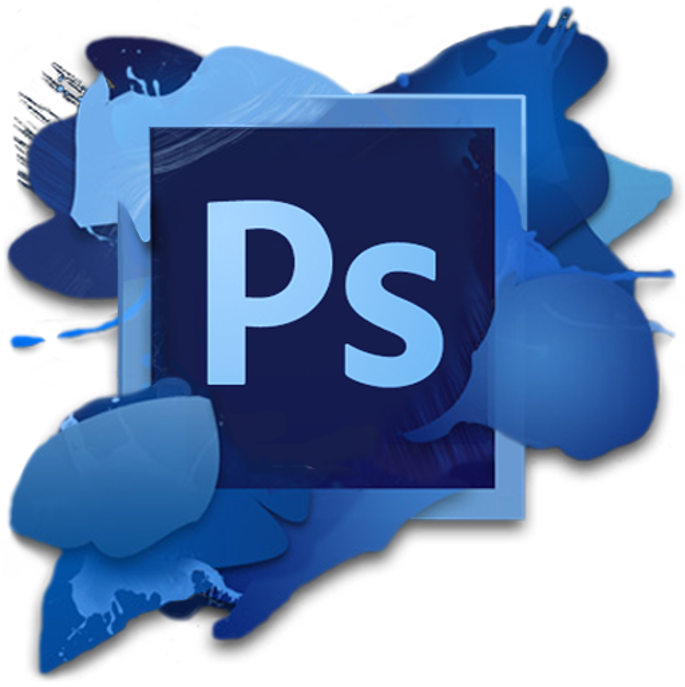 Most Used keyboard shortcut keys in Adobe Photoshop for Mac OS
Most Used keyboard shortcut keys in Adobe Photoshop for Mac OS
 Most Used keyboard shortcut keys in Affinity Photo for Mac OS
Most Used keyboard shortcut keys in Affinity Photo for Mac OS
 Most Used keyboard shortcut keys in Affinity Photo for Windows
Most Used keyboard shortcut keys in Affinity Photo for Windows
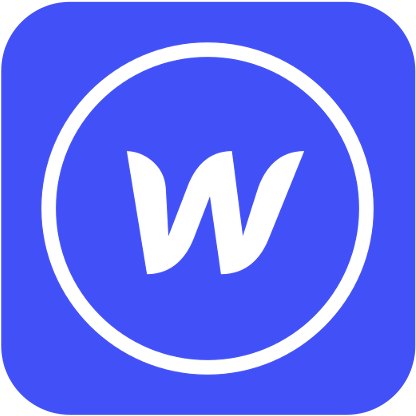 Most Used keyboard shortcut keys in Webflow for Windows
Most Used keyboard shortcut keys in Webflow for Windows
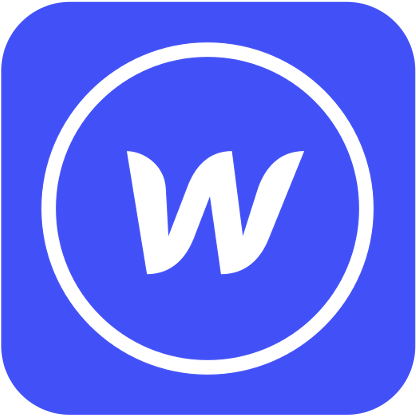 Most Used keyboard shortcut keys in Webflow for Mac OS
Most Used keyboard shortcut keys in Webflow for Mac OS
 Most Used keyboard shortcut keys in Twitter for Windows
Most Used keyboard shortcut keys in Twitter for Windows
 Most Used keyboard shortcut keys in Twitter for Mac OS
Most Used keyboard shortcut keys in Twitter for Mac OS
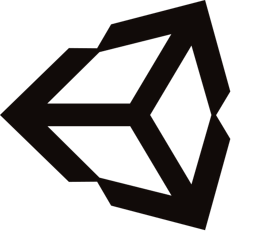 Most Used keyboard shortcut keys in Unity 3D for Windows
Most Used keyboard shortcut keys in Unity 3D for Windows
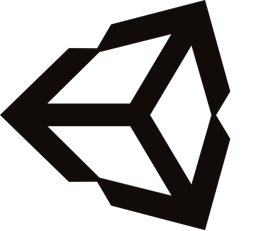 Most Used keyboard shortcut keys in Unity 3D for Mac OS
Most Used keyboard shortcut keys in Unity 3D for Mac OS
 Most Used keyboard shortcut keys in Vivaldi Browser for Windows
Most Used keyboard shortcut keys in Vivaldi Browser for Windows
 Most Used keyboard shortcut keys in Vivaldi Browser for Mac OS
Most Used keyboard shortcut keys in Vivaldi Browser for Mac OS
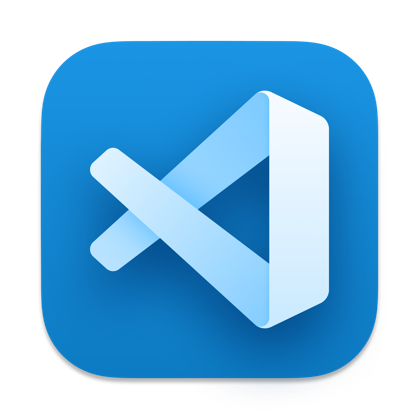 Most Used keyboard shortcut keys in Visual Studio Code for Mac OS
Most Used keyboard shortcut keys in Visual Studio Code for Mac OS
 Most Used keyboard shortcut keys in Asana for Windows
Most Used keyboard shortcut keys in Asana for Windows
 Most Used keyboard shortcut keys in Asana for Mac OS
Most Used keyboard shortcut keys in Asana for Mac OS
 Most Used keyboard shortcut keys in YouTube
Most Used keyboard shortcut keys in YouTube
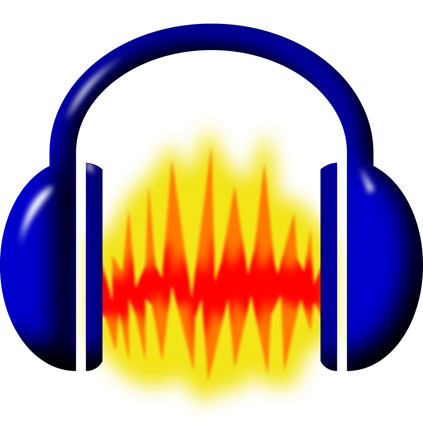 Most Used keyboard shortcut keys in Audacity for Windows
Most Used keyboard shortcut keys in Audacity for Windows
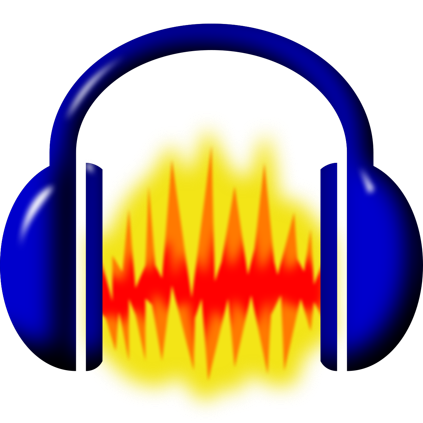 Most Used keyboard shortcut keys in Audacity for Mac OS
Most Used keyboard shortcut keys in Audacity for Mac OS
 Most Used keyboard shortcut keys in Zoom for Windows
Most Used keyboard shortcut keys in Zoom for Windows
 Most Used keyboard shortcut keys in Zoom for Mac OS
Most Used keyboard shortcut keys in Zoom for Mac OS
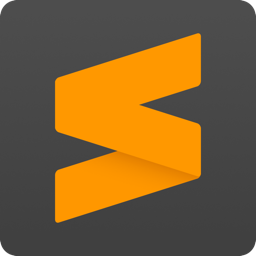 Most Used keyboard shortcut keys in Sublime Text for Mac OS
Most Used keyboard shortcut keys in Sublime Text for Mac OS
 Most Used keyboard shortcut keys in Bear Notes for Mac OS
Most Used keyboard shortcut keys in Bear Notes for Mac OS
 Most Used keyboard shortcut keys in Airtable for Mac OS
Most Used keyboard shortcut keys in Airtable for Mac OS
 Most Used keyboard shortcut keys in Airtable for Windows
Most Used keyboard shortcut keys in Airtable for Windows
 Most Used keyboard shortcut keys in Apex Legends for Windows
Most Used keyboard shortcut keys in Apex Legends for Windows
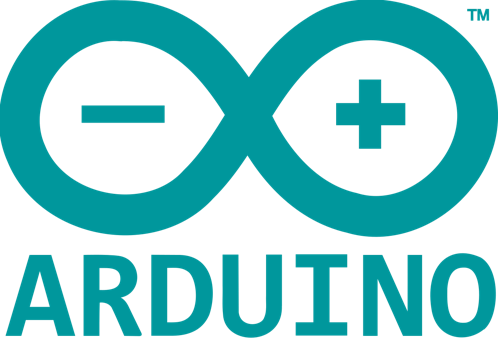 Most Used keyboard shortcut keys in Arduino for Mac OS
Most Used keyboard shortcut keys in Arduino for Mac OS
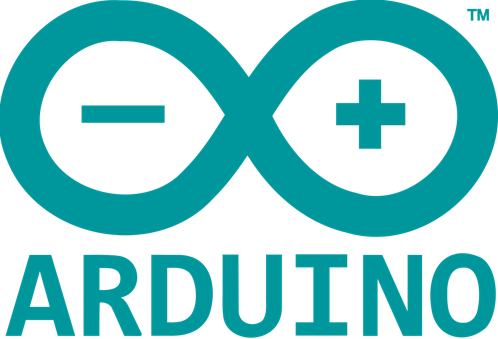 Most Used keyboard shortcut keys in Arduino for Windows
Most Used keyboard shortcut keys in Arduino for Windows
 Most Used keyboard shortcut keys in Bitbucket for Mac OS
Most Used keyboard shortcut keys in Bitbucket for Mac OS
 Most Used keyboard shortcut keys in Bitbucket for Windows
Most Used keyboard shortcut keys in Bitbucket for Windows
 Most Used keyboard shortcut keys in Blender for Mac OS
Most Used keyboard shortcut keys in Blender for Mac OS
 Most Used keyboard shortcut keys in Blender for Windows
Most Used keyboard shortcut keys in Blender for Windows
 Most Used keyboard shortcut keys in Figma for Mac OS
Most Used keyboard shortcut keys in Figma for Mac OS
 Most Used keyboard shortcut keys in GIMP for Mac OS
Most Used keyboard shortcut keys in GIMP for Mac OS
 Most Used keyboard shortcut keys in GIMP for Windows
Most Used keyboard shortcut keys in GIMP for Windows
 Most Used keyboard shortcut keys in GitLab for Mac OS
Most Used keyboard shortcut keys in GitLab for Mac OS
 Most Used keyboard shortcut keys in GitLab for Windows
Most Used keyboard shortcut keys in GitLab for Windows
 Most Used keyboard shortcut keys in Gmail for Mac OS
Most Used keyboard shortcut keys in Gmail for Mac OS
 Most Used keyboard shortcut keys in Gmail for Windows
Most Used keyboard shortcut keys in Gmail for Windows
 Most Used keyboard shortcut keys in Google Drive for Mac OS
Most Used keyboard shortcut keys in Google Drive for Mac OS
 Most Used keyboard shortcut keys in Google Drive for Windows
Most Used keyboard shortcut keys in Google Drive for Windows
 Most Used keyboard shortcut keys in Guitar Pro for Mac OS
Most Used keyboard shortcut keys in Guitar Pro for Mac OS
 Most Used keyboard shortcut keys in Guitar Pro for Windows
Most Used keyboard shortcut keys in Guitar Pro for Windows
 Most Used keyboard shortcut keys in Jira for Mac OS
Most Used keyboard shortcut keys in Jira for Mac OS
 Most Used keyboard shortcut keys in Jira for Windows
Most Used keyboard shortcut keys in Jira for Windows
 Most Used keyboard shortcut keys in Monday.com for Mac OS
Most Used keyboard shortcut keys in Monday.com for Mac OS
 Most Used keyboard shortcut keys in Monday.com for Windows
Most Used keyboard shortcut keys in Monday.com for Windows
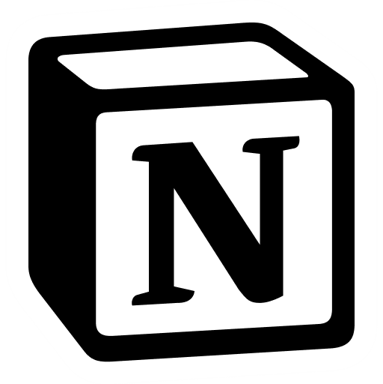 Most Used keyboard shortcut keys in Notion for Mac OS
Most Used keyboard shortcut keys in Notion for Mac OS
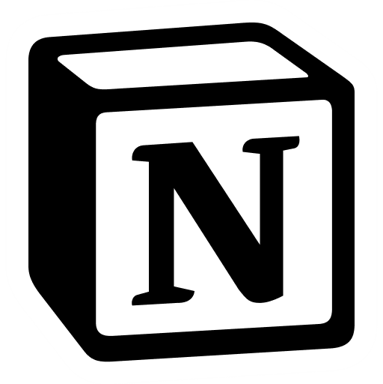 Most Used keyboard shortcut keys in Notion for Windows
Most Used keyboard shortcut keys in Notion for Windows
 Most Used keyboard shortcut keys in Proto.io for Mac OS
Most Used keyboard shortcut keys in Proto.io for Mac OS
 Most Used keyboard shortcut keys in Proto.io for Windows
Most Used keyboard shortcut keys in Proto.io for Windows
 Most Used keyboard shortcut keys in PuTTY for Mac OS
Most Used keyboard shortcut keys in PuTTY for Mac OS
 Most Used keyboard shortcut keys in PuTTY for Windows
Most Used keyboard shortcut keys in PuTTY for Windows
 Most Used keyboard shortcut keys in Quip for Mac OS
Most Used keyboard shortcut keys in Quip for Mac OS
 Most Used keyboard shortcut keys in Quip for Windows
Most Used keyboard shortcut keys in Quip for Windows
 Most Used keyboard shortcut keys in Reddit for Mac OS
Most Used keyboard shortcut keys in Reddit for Mac OS
 Most Used keyboard shortcut keys in Reddit for Windows
Most Used keyboard shortcut keys in Reddit for Windows
 Most Used keyboard shortcut keys in SketchUp for Mac OS
Most Used keyboard shortcut keys in SketchUp for Mac OS
 Most Used keyboard shortcut keys in SketchUp for Windows
Most Used keyboard shortcut keys in SketchUp for Windows
 Most Used keyboard shortcut keys in Spotify for Mac OS
Most Used keyboard shortcut keys in Spotify for Mac OS
 Most Used keyboard shortcut keys in Spotify for Windows
Most Used keyboard shortcut keys in Spotify for Windows
 Most Used keyboard shortcut keys in Trello for Mac OS
Most Used keyboard shortcut keys in Trello for Mac OS
 Most Used keyboard shortcut keys in Trello for Windows
Most Used keyboard shortcut keys in Trello for Windows
 Most Used keyboard shortcut keys in Netflix
Most Used keyboard shortcut keys in Netflix
 Most Used keyboard shortcut keys in Shopify for Windows
Most Used keyboard shortcut keys in Shopify for Windows
 Most Used keyboard shortcut keys in Fortnite Game
Most Used keyboard shortcut keys in Fortnite Game
 Most Used keyboard shortcut keys in Framer X for Mac OS
Most Used keyboard shortcut keys in Framer X for Mac OS
 Most Used keyboard shortcut keys in iTerm2 for Mac OS
Most Used keyboard shortcut keys in iTerm2 for Mac OS
 Most Used keyboard shortcut keys in Microsoft Teams for Mac OS
Most Used keyboard shortcut keys in Microsoft Teams for Mac OS
 Most Used keyboard shortcut keys in Microsoft Outlook for Mac OS
Most Used keyboard shortcut keys in Microsoft Outlook for Mac OS
 Most Used keyboard shortcut keys in Power BI for Windows
Most Used keyboard shortcut keys in Power BI for Windows